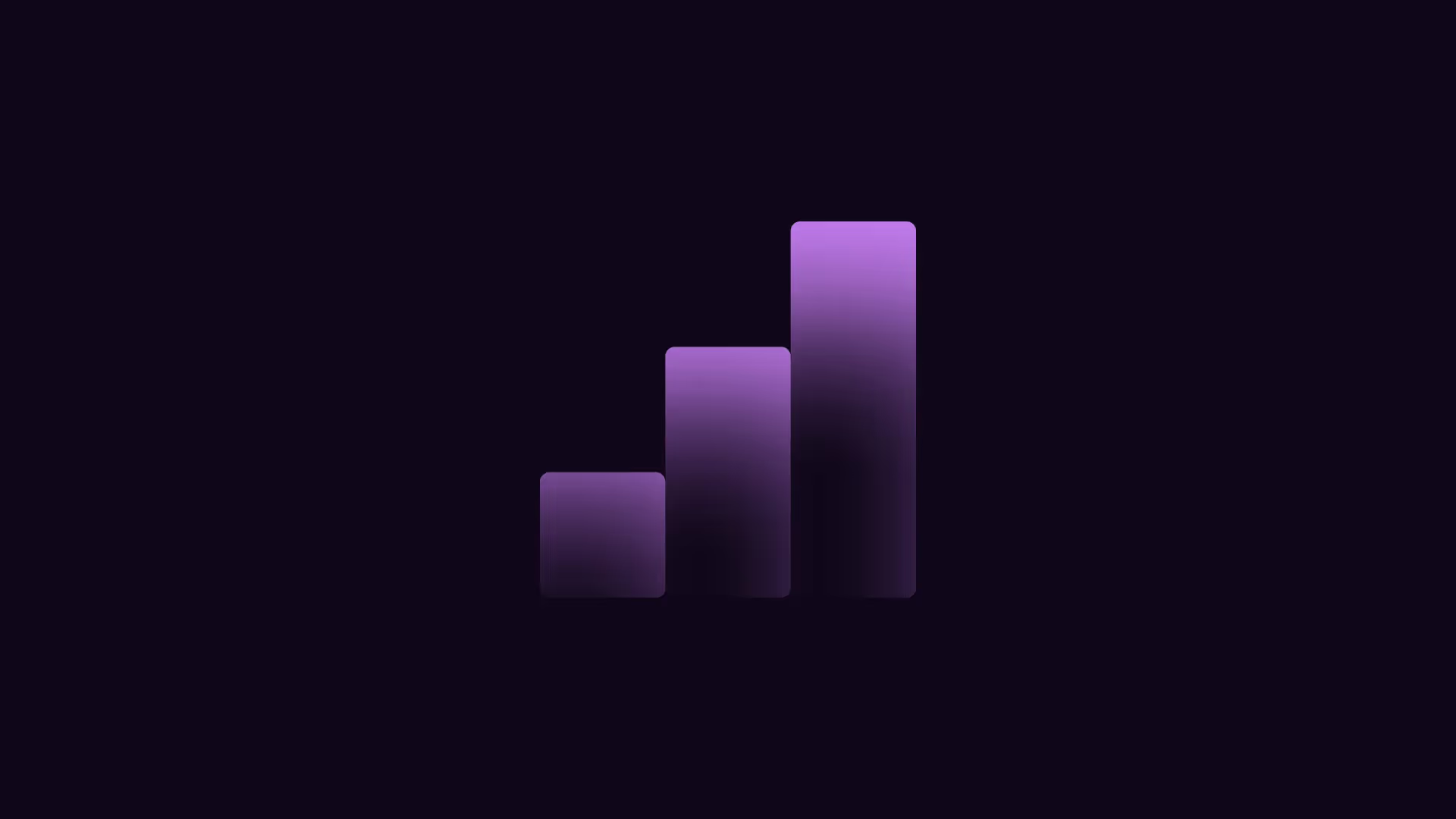
Hadrian has been working with marquee names in the aviation sector to manage their broad and ever-changing attack surface.
We have analyzed why the sector is a prime target for advanced cyber threats, particularly the APT group threat on the aviation sector. We discussed the impact of risky M&A and cybersecurity issues that crop up in the sector.
However, we also received a set of feedback asking what makes the cybersecurity issues in the aviation industry worth a separate analysis. Our answer is simple: for Chief Information Security Officers (CISOs) working in aviation, the stakes are incredibly high: keeping planes in the air, safeguarding passenger data, and ensuring smooth operations while navigating ever-changing regulations.
Hadrian has spotted these specific challenges faced by CISOs in the civil aviation sector:
Broad and complex attack surface
The challenge: The aviation sector consists of many interconnected networks—a “system of systems” that connect everything from flight control to ticketing and baggage management. Each of these systems represents a potential entry point for cyberattacks. The supply chain compounds this problem, with numerous third-party vendors introducing more vulnerabilities. If even one link in the chain is weak, the entire system is at risk.
Hadrian’s tip:
Continuous asset discovery and monitoring is essential to keep a close eye on all assets across the system. Advanced tools that can continuously monitor not only internal systems but also third-party providers ensure visibility into the entire attack surface.
Conducting thorough assessment of all third-party risks, including regular security audits to ensure compliance with the organization’s cybersecurity standards is equally important. A well-managed supply chain is a strong line of defense against potential attacks.
Regulatory compliance
The challenge: Navigating the complex regulatory landscape is no small task. International bodies like ICAO (International Civil Aviation Organization) and ENISA (European Union Agency for Cybersecurity) continuously update standards to stay ahead of new threats. For smaller organizations, keeping up with these ever-changing requirements can be resource-intensive. Delays in updating standards may also leave gaps for cybercriminals to exploit.
Hadrian’s tip: Automated compliance monitoring helps a lot in countering this issue. Investing in tools that automatically track and update compliance with global standards can ease the burden on internal teams. It reduces the risk of falling behind on regulatory changes and help ensure continuous alignment with aviation security requirements.
Visibility and scale of operational disruptions
The challenge: Cyberattacks—especially ransomware—can have devastating operational consequences. Imagine a scenario where flight operations come to a grinding halt, passenger safety is compromised, and the financial losses mount rapidly. In such a high-stakes industry, the visibility of disruptions can damage both reputation and trust.
Hadrian’s tip: Automated threat detection with AI-driven systems can monitor for potential threats in real-time and alert teams to respond swiftly. Early detection is crucial to minimizing disruption and mitigating damage.
Issues with technological advancements
The challenge: New technologies like IoT, AI, and cloud computing offer great benefits but also introduce new vulnerabilities. Integrating these technologies with legacy systems—or migrating entirely to digital platforms—can lead to misconfigurations and open up new attack vectors.
Hadrian’s tip: Implementing cloud security posture management tools helps ensure that cloud environments are properly configured and compliant with best practices, reducing the risk of misconfigurations and breaches. Robust IoT security solutions help in monitoring and securing all connected devices. Automated patching and updates ensure these devices adhere to security protocols, limiting potential entry points for attackers.
Geopolitical Risks
The challenge: Civil aviation is a prime target for geopolitical cyberattacks, particularly from APT groups backed by nation-states. These groups may aim to disrupt operations or steal intelligence, making the sector an attractive target for espionage and sabotage. The global nature of aviation only adds complexity, as different regions may have varying levels of cybersecurity readiness.
Hadrian’s tip: Collaborating with national and international authorities is critical for staying ahead of geopolitical threats. Regular intelligence sharing ensures that the organization stays informed about the latest attack tactics and strategies used by APT groups. Using platforms that provide insights into the specific tactics, techniques, and procedures (TTPs) of APT groups and integrating this intelligence into defense strategies makes it easier to preemptively protect against targeted attacks.
In a sector as complex and critical as aviation, CISOs must be proactive in addressing these challenges. By combining continuous monitoring, advanced detection, secure system integration, and active collaboration with global partners, CISOs can build robust defenses that protect the industry from the ever-evolving threat landscape.
Here is Hadrian’s datasheet on how exposure management can transform cybersecurity efforts to secure the aviation sector. For an in-depth analysis of aviation and cybersecurity, check out our eBook: How APT Groups Exploit the Attack Surface to Target the Aviation Sector.





